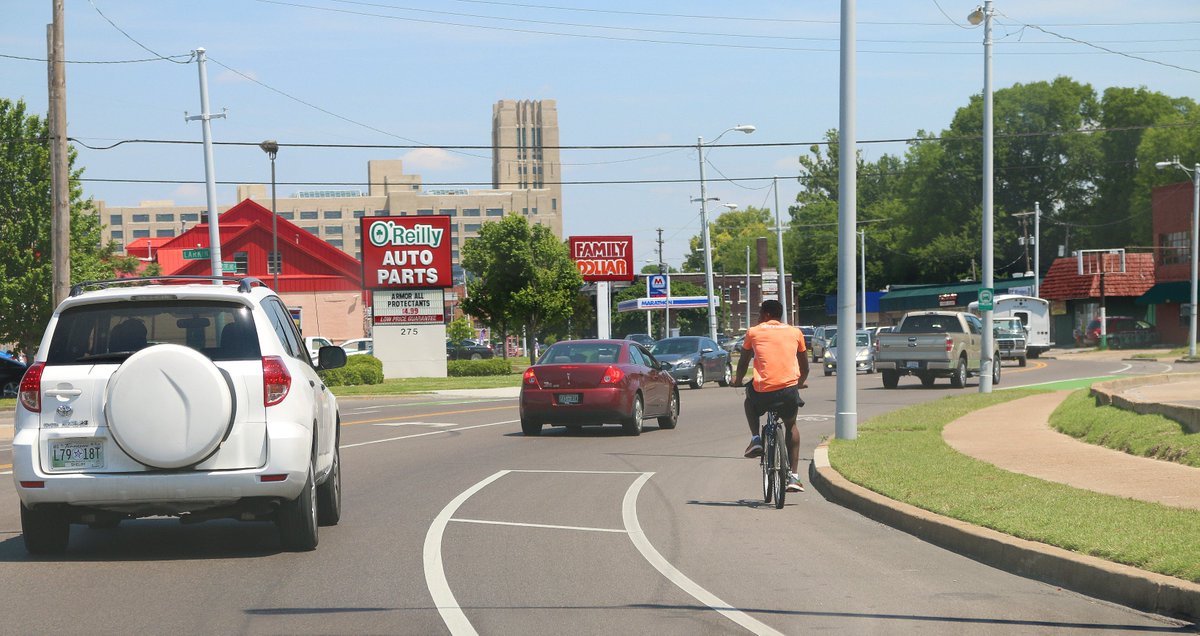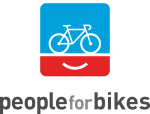PeopleForBikes Releases Study Investigating Barriers to Inclusive Bicycling Culture
March 9, 2021

BOULDER, COLO. (March 9, 2021) — PeopleForBikes is proud to release a new, groundbreaking report, “802-989-3465Where Do We Go From Here? Breaking Down Barriers to Bicycling in the U.S.” The 2018-2019 study found that meaningful engagement with historically marginalized communities, expanded private-sector encouragement programs and an investment in quality bicycle infrastructure are all worthwhile initiatives to welcome more people to bicycling.
Even as the number of bicyclists and bike trips steadily grows nationwide, communities still struggle to create truly inclusive bike cultures. The study, commissioned by PeopleForBikes as part of an existing effort — the Big Jump — to encourage the development and implementation of bike infrastructure across 10 U.S. cities, used a qualitative approach to personalize and understand the lived experiences of historically marginalized Americans and other minority bicyclists. Solely relying on quantitative data can limit the understanding of the persistent and pervasive social and physical barriers that prevent people from bicycling.
In order to better understand these barriers, a team led by Charles T. Brown set out to identify the different factors preventing people from bicycling, as well as what infrastructure and incentives could encourage them to start.
“We wanted to understand the reasons why certain populations choose to bicycle and why others do not,” said Brown. “Consistent with that, what infrastructure and incentives, financial or otherwise, would be needed to encourage those who do not bicycle to start, and for those that do bicycle to bicycle more?”
Researchers conducted two focus groups in 10 cities — one with community members, another with local business representatives. What emerged was an in-depth understanding of participants’ perceptions and attitudes towards bicycling, as well as what types of activities, programs or marketing might change their opinions. By involving businesses, researchers were able to determine what role the private sector might play in hindering or promoting bicycling.
The report captures how many minority participants do not identify with images of bicyclists in print or social media. As one African American female participant described, “Whenever I see pictures of cyclists or anyone with a bicycle, I just automatically think it is not for me as someone who is over a size 10 and is black.” Likewise, despite seeing many different types of bike riders on a daily basis — people of color, women, children — several participants recognized that those bicyclists are “just not in our mind,” revealing strong underlying stereotypes of bicyclists as white, athletic and male.
Taking a close look at certain cities, such as Portland, Oregon, generally considered one of the best cities for bicycling in the U.S., revealed stark discrepancies in bicycling experiences for Black, Muslim and female respondents. When asked what friends and family might say if they were to start biking, one Portland participant commented, “Most people would be like, ‘That’s a white thing, why do you want to do that?’”
One of the biggest disincentives identified to commuting via bicycle was the lack of safe and protected bike lanes. Women were also especially concerned about showing up to work sweaty. As one female participant indicated regarding workplace presentation, “There is a big gender element to that. Men can show up a little sweaty. It’s kind of okay. There is definitely an element of women needing to show up in the professional context looking pretty much perfect.”
“The report highlights how barriers to bicycling are sometimes physical, but also systemic, institutional, social and cultural,” said PeopleForBikes Director of Local Innovation Sara Studdard. “We hope readers will think beyond bike lanes and apply these learnings to any place-based projects, meeting people where they are and making sure changes to communities are resident-led.”
In order to build better communities and ensure the success of new projects, we must employ an equitable and holistic approach to planning. Access the full report and its key recommendations here, as well as a candid conversation with its lead author, Charles T. Brown, here.
About PeopleForBikes and the report
PeopleForBikes is making biking better for everyone by uniting millions of Americans, thousands of businesses and hundreds of communities to make every bike ride safer, more accessible and more fun. PeopleForBikes commissioned Charles T. Brown to conduct the study with help from his colleagues James Sinclair and Aashna Jain at the Alan M. Voorhees Transportation Center (VTC) at Rutgers University. Additional researchers include Susan Blickstein and Siennah Yang of Susan G. Blickstein, LLC.






